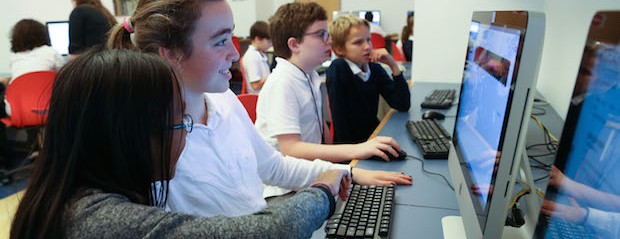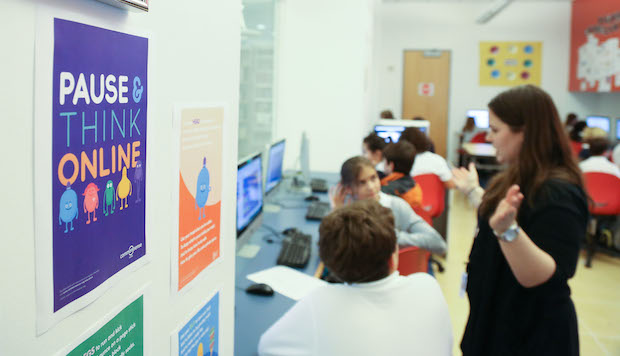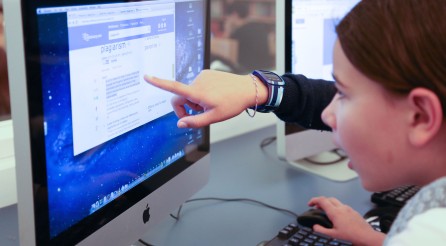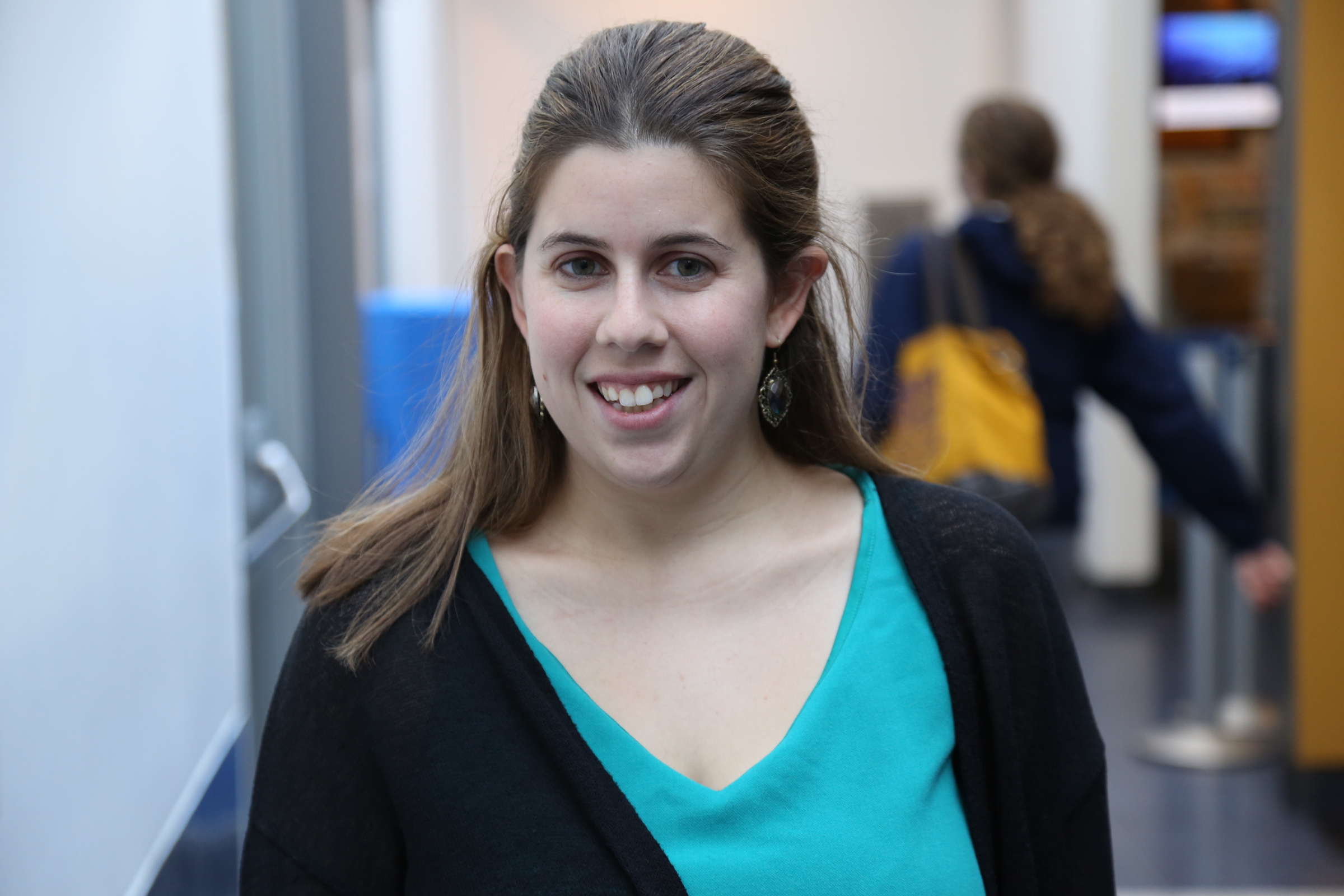In the Secondary School Computer Lab.
The world seems to be increasingly complicated. The only constant is rapidly accelerating technological change. How do we teach our children to act appropriately in this changing world? How do we ensure that they have the tools they need to make the right choices?
Let’s take a moment. Breathe.
I suggest we and our children get in the habit of taking digital “meta-moments”. A meta-moment is a strategy incorporated in the RULER approach, the social-emotional learning framework we use at the Lycée.
When dealing with a situation that brings about an emotional response, taking a meta-moment requires a person to sense her own emotions, stop, envision her best self, strategize and succeed.
#KeepCalmAndWaitToClick
Our students have many emotionally charged choices to make, both on and offline. Though driven by the same behavior as offline choices, students’ online choices often seem to have more severe consequences. Behavior can be amplified due to the public nature of the Internet, the size of the potential audience reached and the speed at which a message can spread.
Primary Technology Integrator Young Kim explains First-graders the importance of having grown-ups around whenever they use technology.
Online especially, where students jump from page to page and conversation to conversation, getting into the habit of taking a meta-moment can be exceedingly helpful. Should I post that? Should I use information from this source? Should I be using technology right now, or should I go play outside? What is my best self?
In fact, fourteen-year-old Trisha Prabhu from Illinois hypothesized that the meta-moment could make a difference in preventing cyberbullying. She tested a software system that embedded a “rethink” message that asked children between the ages of 13-17 to rethink posting a hurtful message. Only about 5% of the children who were given the “rethink” message decided to post the hurtful comment, as opposed to 67% of children who were given the baseline test.
Our own students acknowledge the importance of thinking before acting. Last year, we asked our then 6ème students to provide suggested hashtags to remind their peers how to act online. Most of them included the word “think”, “wait” or “remember”. (My favorite is #KeepCalmAndWaitToClick.)
Stop, breathe, envision your best self
Throughout the school year, and especially during this Digital Citizenship Week (Oct. 20-24), we teach our students to make responsible choices regarding online safety, protecting private information, being kind to one another, academic integrity and balancing their time between online and offline activities.
6th-graders are working on a presentation about online plagiarismduring Digital Citizenship Week.
Our CP students spent time discussing the importance of using the Internet only when an adult is present to supervise. Older elementary students worked on digital citizenship activities surrounding finding a balance with technology, the importance of keeping private information private and the credibility (or lack thereof) of information found on the Internet.
6ème and 5ème students continued working on longer digital citizenship units. The 6èmes created plagiarism presentations and the 5èmes programmed anti-bullying animations in Scratch.
However, one of the most universal and effective methods toward digital citizenship is as easy as asking children to stop, breathe and take meta-moments, ensuring they can envision their best selves and succeed.
Digital Citizenship Resources for Parents:
Raising Digital Citizens by StaySafeOnline.org
Family Toolbox by Commonsense Media
Cyber Smart, a toolkit from the Commonwealth of Australia
About the Author :
Originally from Scranton, Pennsylvania, Adena Dershowitz is Head of Middle School. She began working at the Lycée as the secondary technology integrator in early 2012 and became Director of Digital Learning in 2014 and then Director of Curriculum Development in 2018. Adena earned a master’s degree in education and technology from the Harvard Graduate School of Education, and a bachelor’s degree from the University of Maryland. Prior to her work at the Lycée, she worked to infuse technology into informal (afterschool and camp) education. In her spare time, she likes to travel, experience the outdoors and make things.





